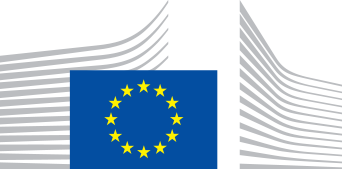CONSUMERS AND SAFETY

CONSUMERS AND SAFETY: perceptions, needs and behaviors about food safety / risk

by Frédéric Bayer
EU-FORA 2021/2022, based in CNR-ISPA, IT
In the digital age, it’s hard to find order in the chaos of overwhelming online and media content. Consumers spend large amounts of time reading articles and Tweets, trying to understand and assess the underlying narratives and opinions to make informed choices regarding nutrition, food safety and sustainability.
Where do EU citizens go in order to find information about for example, food safety? And more importantly, who do they look up to and trust to deliver reliable, relevant information when they need it ?
Active member of the FS4EU multi-stakeholder initiative to address priorities for the future European Food Safety System, Dr Hanna Leena Alakomi (VTT Technical Research Centre of Finland, FI) answered these questions and more, in this session chaired by Prof. Lynn Frewer (Newcastle University, UK): CONSUMERS AND SAFETY – perceptions, needs and behaviours about food safety / risk.
An all-european FS4EU partners work group, composed of WUR in co-operation with EUFIC, VTT and ISEKI, designed and built this survey off of selected European stakeholders interviews, then collected 2000+ participants all around EU Member States and Associated Countries.
Here below are some of the most salient results:
How do Europeans globally feel about various Information Sources on food safety:
- Food Safety Authorities (FSAs) messages are deemed trustworthy and understandable. However, FSAs mostly lack visibility, and as such, methods to engage with citizens.
- Food Companies and Industries messages manage to stay visible and easily applicable. However, they are not perceived as totally trustworthy, of free from any bias.
- Health and Environmental NGOs messages are perceived as independent and overall trustworthy. However, NGOs activism sometimes appears too ‘militant’.
Which are the priority Food Safety outreach communication tools used by those Information Sources ?
- European FSAs are mostly using their own website, newspapers and academic journals. On social media, Facebook is their main channel of outreach.
- European Food Companies and Industry are also making great use of their respective websites, as well as of on-pack communication. Sector magazines, academic journals and events come next. On social media, they tend to focus on Facebook, Instagram and Twitter.

Latest News

Young Winners @EU FOOD SAFETY FORUM 2024!

YouAreIn training course and EU FOOD SAFETY PLATFORM

Young winners @EU FOOD SAFETY FORUM 2024

FHERITALE: Survey of Research-support Services on Artificial Materials

Call for abstracts: Youngs acting for the future of Food Safety in EU session @EU FOOD SAFETY FORUM 2024

‘Safe2Eat’ 2024 EFSA Campaign: empowering consumers across Europe



